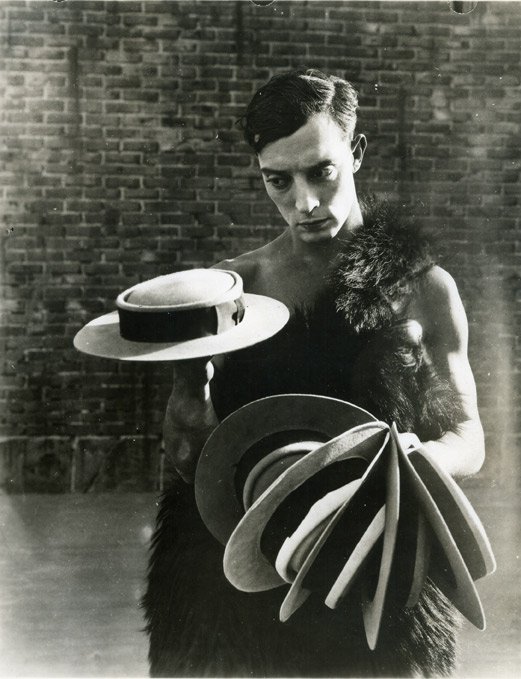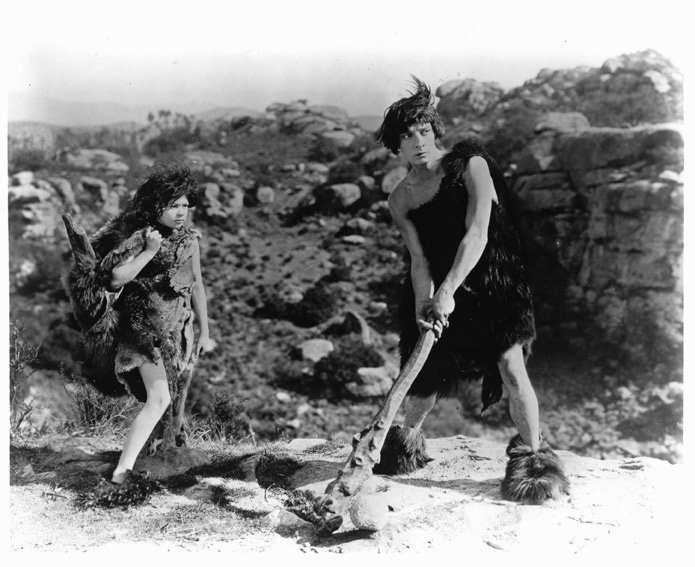
THREE AGES
Three Ages
(Joseph M. Schenck Production, USA, 1923)
dir.: Buster Keaton, Edward F. Cline; script: Buster Keaton, Clyde Bruckman, Jean Havez, Joseph Mitchell; photog.: William McGann, Elgin Lessley
cast: Buster Keaton (The Boy), Margaret Leahy (The Girl), Wallace Beery (The Villain), Lillian Lawrence (The Girl’s Mother), Joe Roberts (The Girl’s Father)
DCP, 64’; bw; intertitles: EN, subtitles: PL; restored 2016; source: Lobster Films
It’s a story as old as the hills: he loves her and she loves him, but a stronger love rival appears on the scene also seeking her favour. Three Ages shows this same situation, and the subsequent course of events, in three different eras: the Stone Age, the Roman Age and in modern times. Each time, the characters are played by the same actors, dressed appropriately for the time when the action is set.
Three Ages was the first full-length feature by Buster Keaton and Edward F. Cline, who had previously only produced short comedies. The film was constructed in such a way that if it failed to work as a whole, it could easily be divided up into three separate parts and distributed as short films. These fears turned out to be unfounded, however, and the film proved to be a great success.
The interesting device used in the prehistoric sequence is particularly noteworthy: for while it was easy to stage the love rival riding on top of a mammoth (it was simply an elephant with fake tusks attached), it was more troublesome to show the main character moving on a dinosaur. The stop-motion puppet animation used in the wider shots further increases the comedy of the situation. Setting the action in several epochs also parodied the use of the same idea in D.W. Griffith’s Intolerance (1916).
In 1925, when Three Ages was released onto Polish cinema screens, one reviewer for the “Robotnik” newspaper wrote that, ‘This was a very unsophisticated story, but full of lots of funny details.’ The film has stood the test of time and is as popular with cinema audiences today, almost a century later, as it was when it first premiered. (MP)
The film was restored by Lobster Films, in collaboration with Film Preservation Associates, from a 35 mm safety print held in the Blackhawk Films collection, and also a partially decomposed Russian nitrate print from the negative held in the collections of the Cinémathèque de Toulouse.
introduction to the movie: Michał Pieńkowski
section: LOST WORLDS
music by: RGG
SATURDAY | OCTOBER 30
17:00 | screening room: STOLICA


